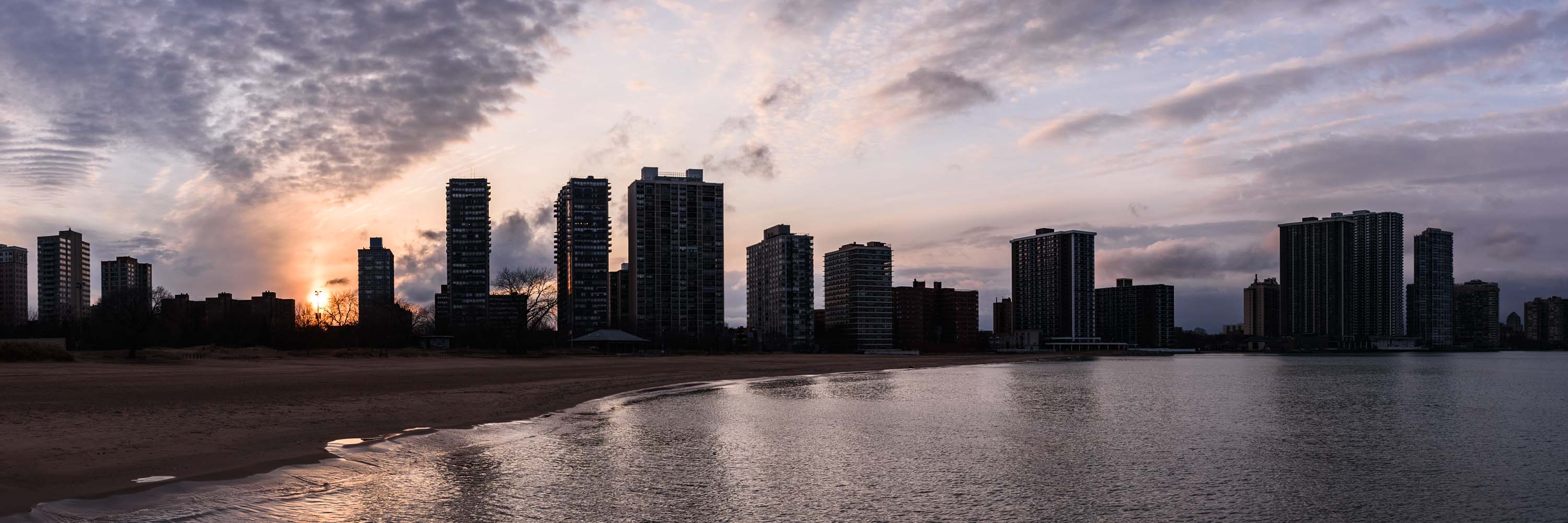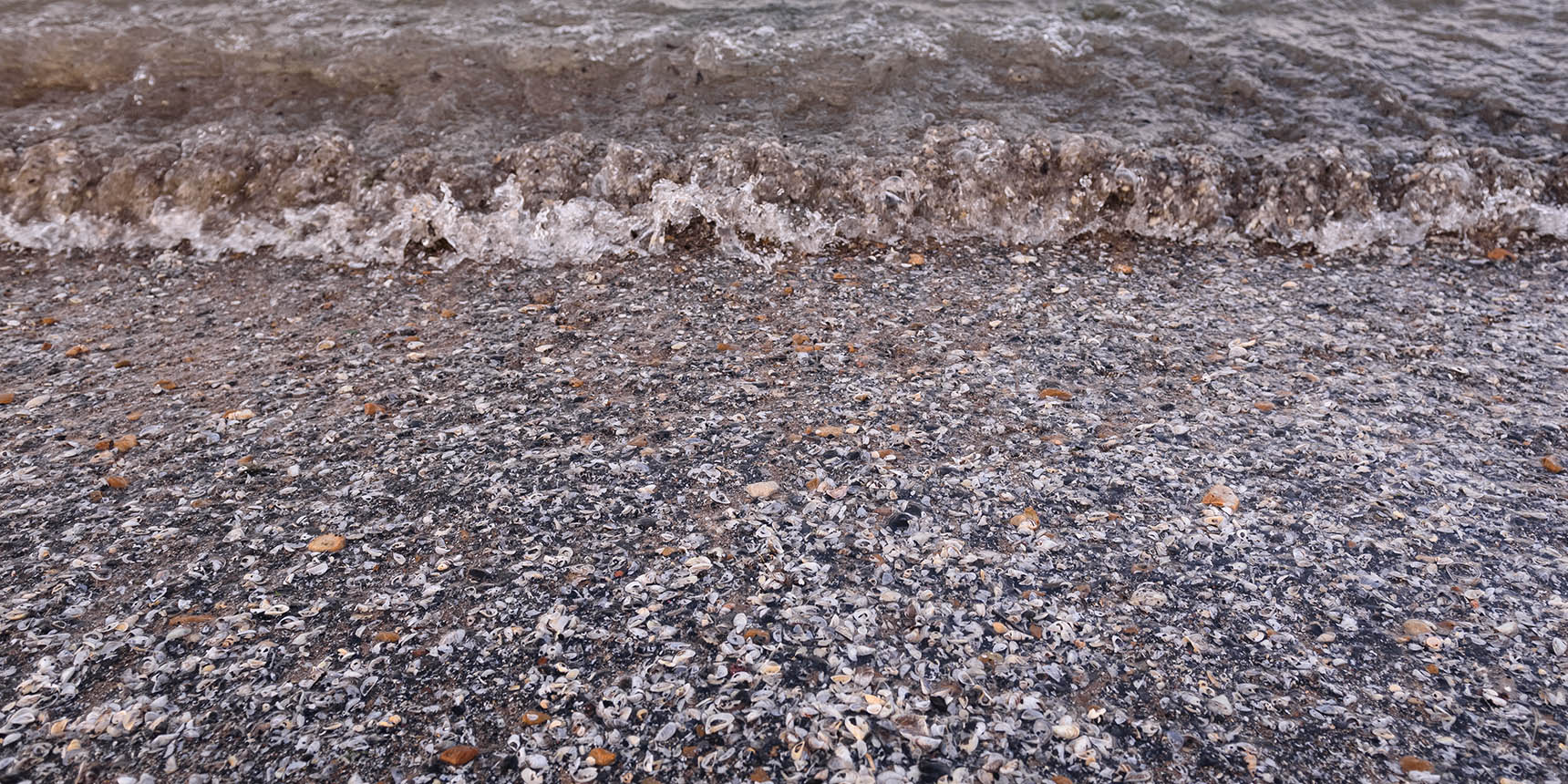
Lake Michigan is a combination of art and therapy for me. I’ve spent countless nights staring off into the distance, watching the sunlight change color on the rolling waves. For as much as I love Chicago and urban life, nature is still my true calling.
Growing up on a farm allowed me to be close to nature—walking in the woods, helping raise cattle and kittens, and watching the fields spring to life. Around the same time I became interested in photography and started to capture the world around me.
When I graduated from university, I moved to Chicago and worked in web development and graphic design. Realizing I was unhappy with this path, I decided to make a career switch.
The past five years has seen my photography business grow, and many of my clients are nonprofit organizations around the city. My job is to help them capture the quality of their work, so they can better communicate their mission to the public. And while my work has impact, I cannot help but feel like I could, and should, be doing more.

DDT being sprayed.
After watching a documentary about Rachel Carson and her fight to ban the widespread use of DDT, a question started to form: how do I use my skills to help the environment?
At the moment, I do not have a good answer—but I know that only sharing beautiful photos of the lake is not enough. With my background in photography, design, and media literacy, I know I am capable of more. For now, as I continue on this path, I’ll share information and resources that are important and informative.
Invasive species are one of the most pervasive threats to the lake, both in economic and environmental damage. An invasive specie is any type of organism that is not from that region, and has most likely been introduced by human activity. To learn more about the general impact an invasive species can have on an ecosystem, check out this informational TED ED video.
In the Great Lakes region there are over 180 different invasive species that affect the ecosystem. Listed below are a few examples. If you want to know even more about the invasive species threat to the Great Lakes, you should check out The Death and Life of the Great Lakes by Dan Egan.

Shells from zebra mussels on the shore of Kathy Osterman "Hollywood" Beach.

The teeth and devastation of the sea lamprey. Photo credit: Wikipedia Commons.